Neighborhood Beautifying can Curb Gun-Violence Rates
The city of Philadelphia has a history of gentrification, poor city maintenance, and dreary-looking neighborhoods due to bad upkeep. Along with this, Philadelphia carries a bad legacy of gun violence. Some may say that taking the trash off of sidewalks couldn’t possibly impact gun violence. While removing trash and making neighborhoods beautiful don’t remove guns from people’s hands, it does impact mental health, which is a significant factor in gun violence. While these two truths aren’t entirely dependent on each other, there certainly are statistics that show there is some causation, not just correlation. To what extent could the reworking and beautifying of Philadelphia neighborhoods reduce gun violence? Research provides limited but striking data. By showing that communities care through the upkeep of their spaces and through having opportunities to make them more livable, Philadelphia can reduce gun violence rates.
Increasing the livability and joyous feelings of neighborhoods improves people’s mindsets drastically, benefitting the public’s mental health and also lowering gun violence. “Dilapidated homes with blown-out windows, blocks with no trees, barren, concrete schoolyards and vacant lots strewn with trash such as used condoms, needles, mattresses and tires often dominate the landscape.” Seeing streets lifeless and stripped of beauty creates these more tense atmospheres. If it seems that the city doesn’t care about a neighborhood, it sends a message to residents that their homes don’t matter.
Terrill “Ya Fav Trashman” Haigler, a former sanitation worker and trash advocate, has done his own research on how areas’ cleanliness correlates with gun violence. “He immediately compared the list of 14 zip codes where the majority of gun violence in Philly occurs with those that rank high on the city’s 2019 litter index. There was a lot of overlap.” This is a clear statistic that represents the causation between litter and high rates of gun violence. “Though the authors can’t prove that planting more trees would decrease violence, they estimate that achieving 40% tree cover in the most deprived census tracts could lead to 3.3 fewer shootings.” This is more evidence of the positive impact of greener spaces. Making spaces happier and brighter clearly has positive impacts on the greater community. It is also important that in those efforts, professionals aren’t gentrifying those areas. This has been done in attempts to “better” a neighborhood. But it is clear that there are alternative ways to make this positive change.
There are steps to create safe neighborhoods without gentrifying them. These methods have been shown to lower gun violence, but it is also important to note that this isn’t an end-all-be-all solution. “After both the greening and trash cleanup interventions, gun violence went down significantly. The steepest drop in crime, up to 29 percent, was in the several blocks surrounding vacant lots in neighborhoods whose residents live below the poverty line.” This statistic shows that communities that have been disadvantaged, when given the resources, can really gain positive change. This rids these communities of the harmful narrative that some areas are inherently more violent because of their demographics. “Greening vacant lots would not prevent mass shootings such as the Parkland, Fla., slaying of 17 teens and adults on Feb. 14. But it could reduce the day-to-day urban gun violence that accounts for the bulk of U.S. homicides.” Not every measure to end gun violence will result in the eradication of all gun violence, similar to how having firmer background checks or other regulations wouldn’t completely stop gun violence. Instead, helping in more focused areas that are systematically disadvantaged can create tangible change.
Lots of work has been done in Philadelphia and plenty more is in the works. “City Controller Rebecca Rhynhart and Councilmember Jamie Gauthier have called on Mayor Kenney to address the gun violence crisis with a number of place-based strategies, including increasing Parks & Rec programming in specific zip codes, developing workforces and organizing communities, in addition to more traditional anti-violence tactics. And Councilmember Katherine Gilmore Richardson recently introduced a bill to increase Philly’s tree canopy and create a Philly tree fund.” These are all different tactics that can be used to change a neighborhood. Increasing Parks & Recreation programming is important to keeping youth in a safe space during after-school hours. Creating community groups and organizations brings people together in a positive way to build a stronger neighborhood. In addition to this, their proposed increase in trees to make a more positive environment would also have hope to lower gun violence rates.
Landscaping and trash cleanup does not ban AK-47s, make abusers non-abusive, or completely end gun violence. Nor does it bring back the millions of people killed by guns. However, beyond the surface-level benefits of having a prettier city, it is evident that green spaces and clear sidewalks brighten moods. With happier people comes less stress and anger leading to violence. Showing communities that they are valued through steps made by local governments is also necessary. Only time will tell how continued beautification will help lower gun violence, but all evidence points in a positive direction.

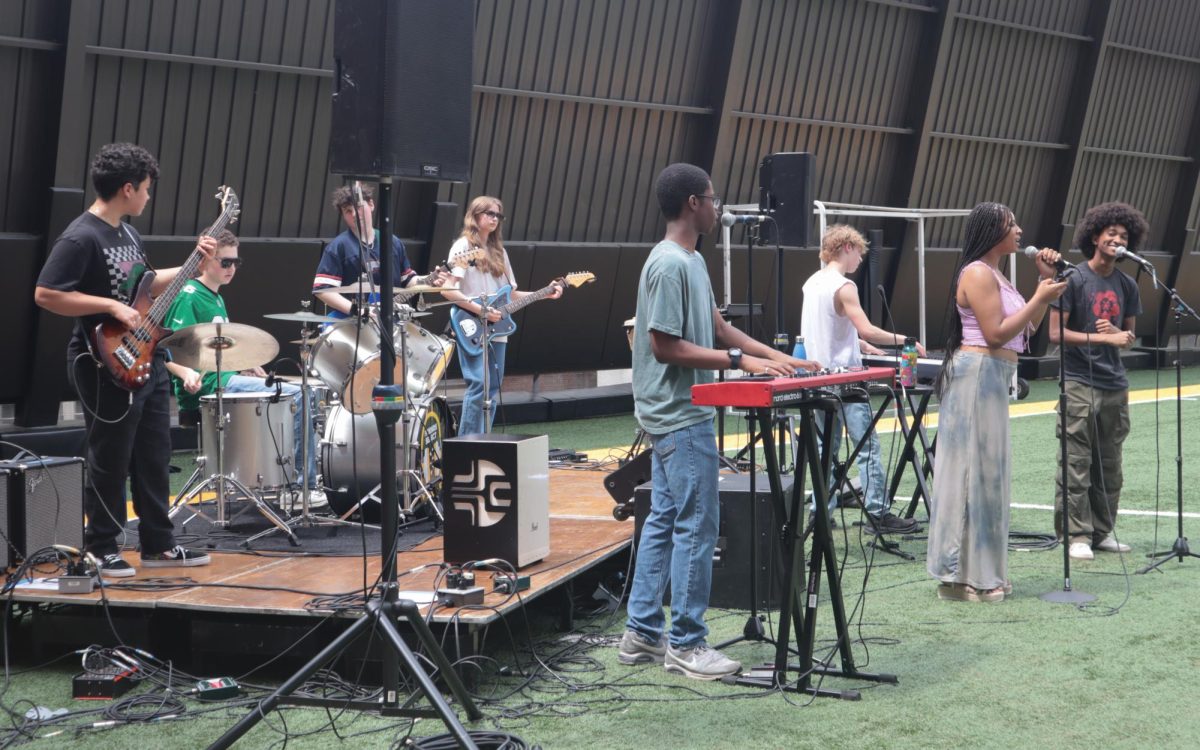



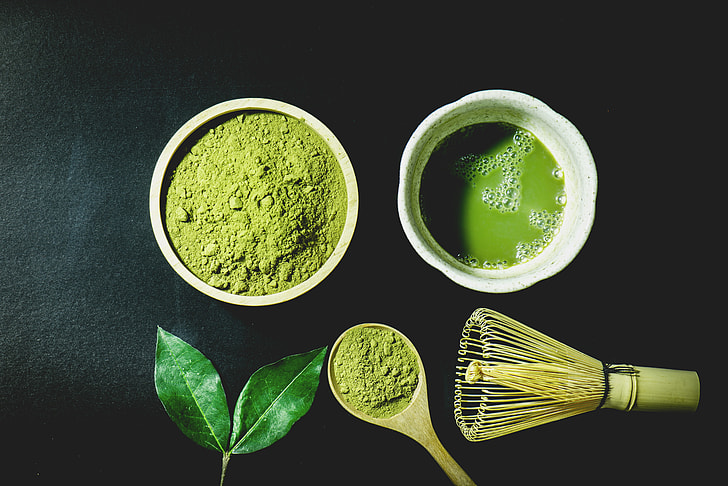
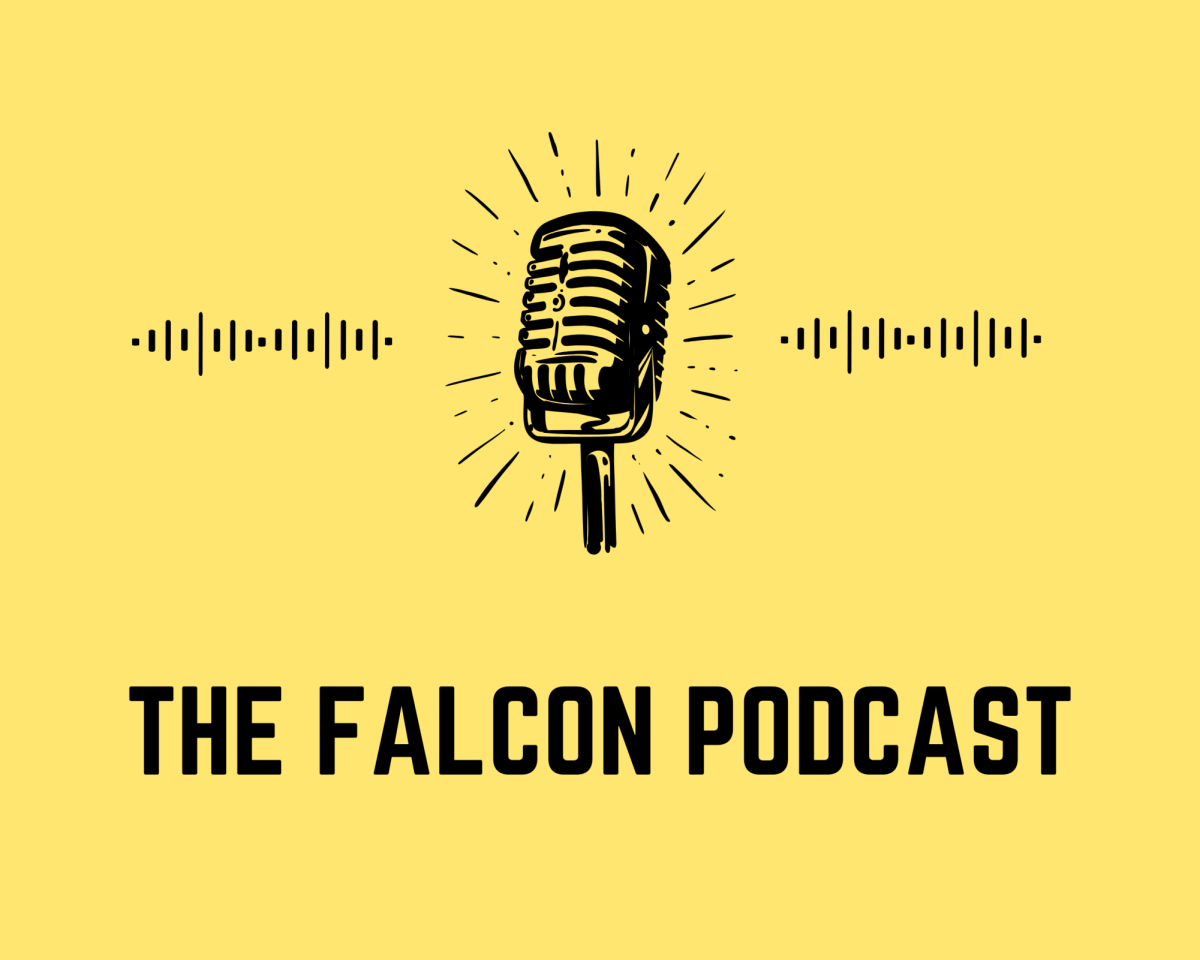
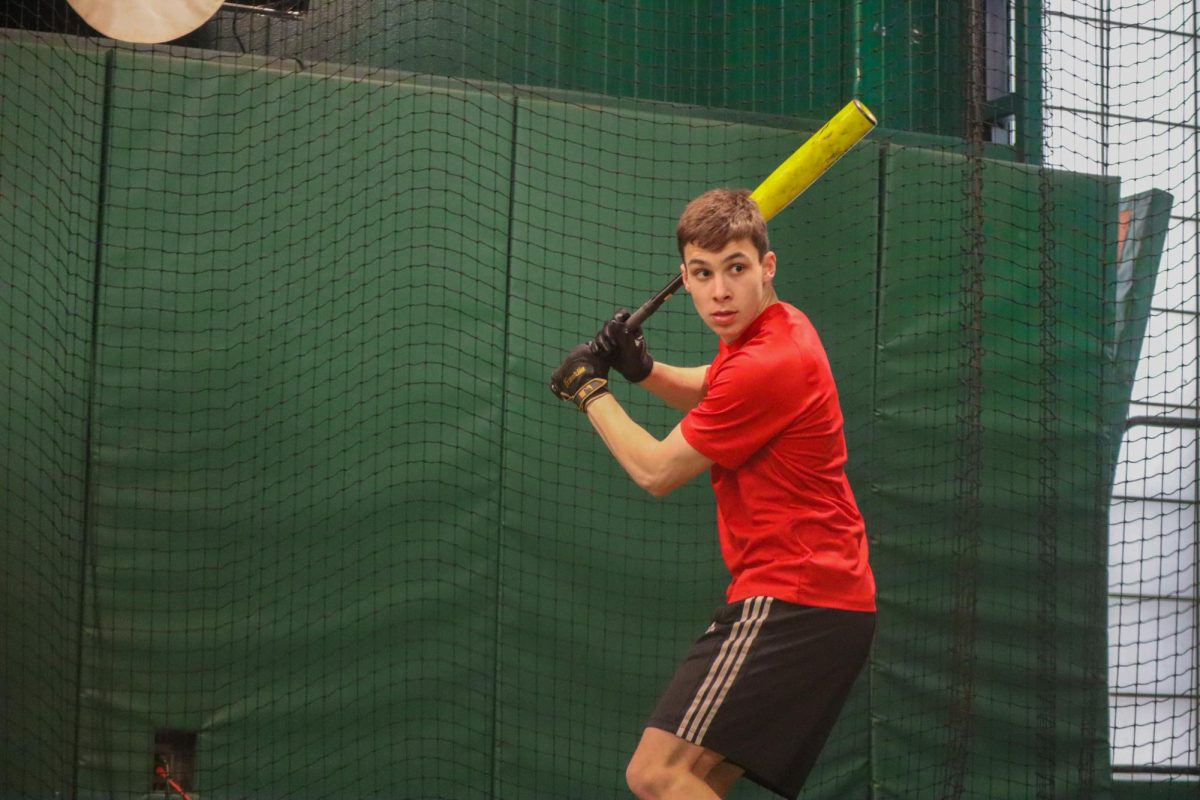


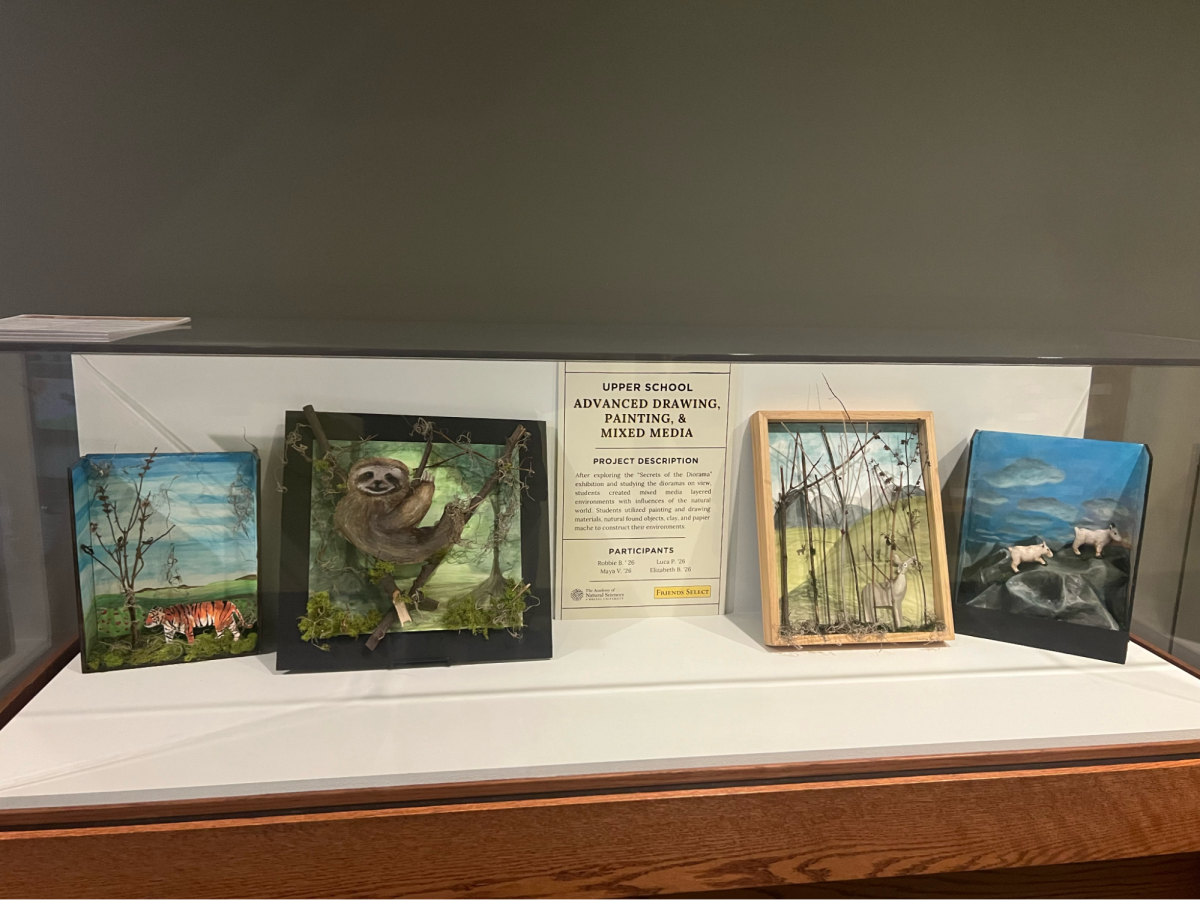


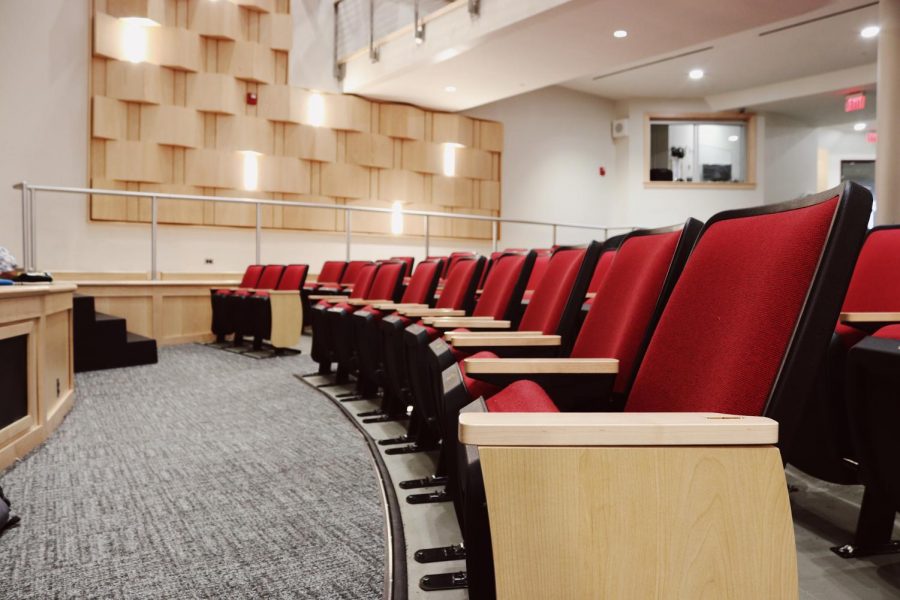
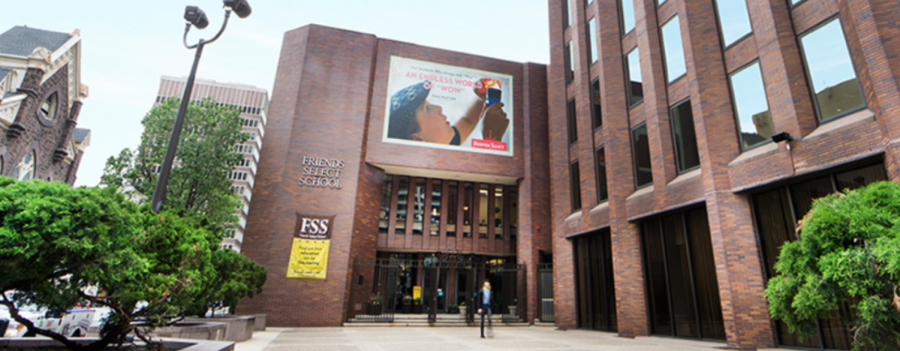
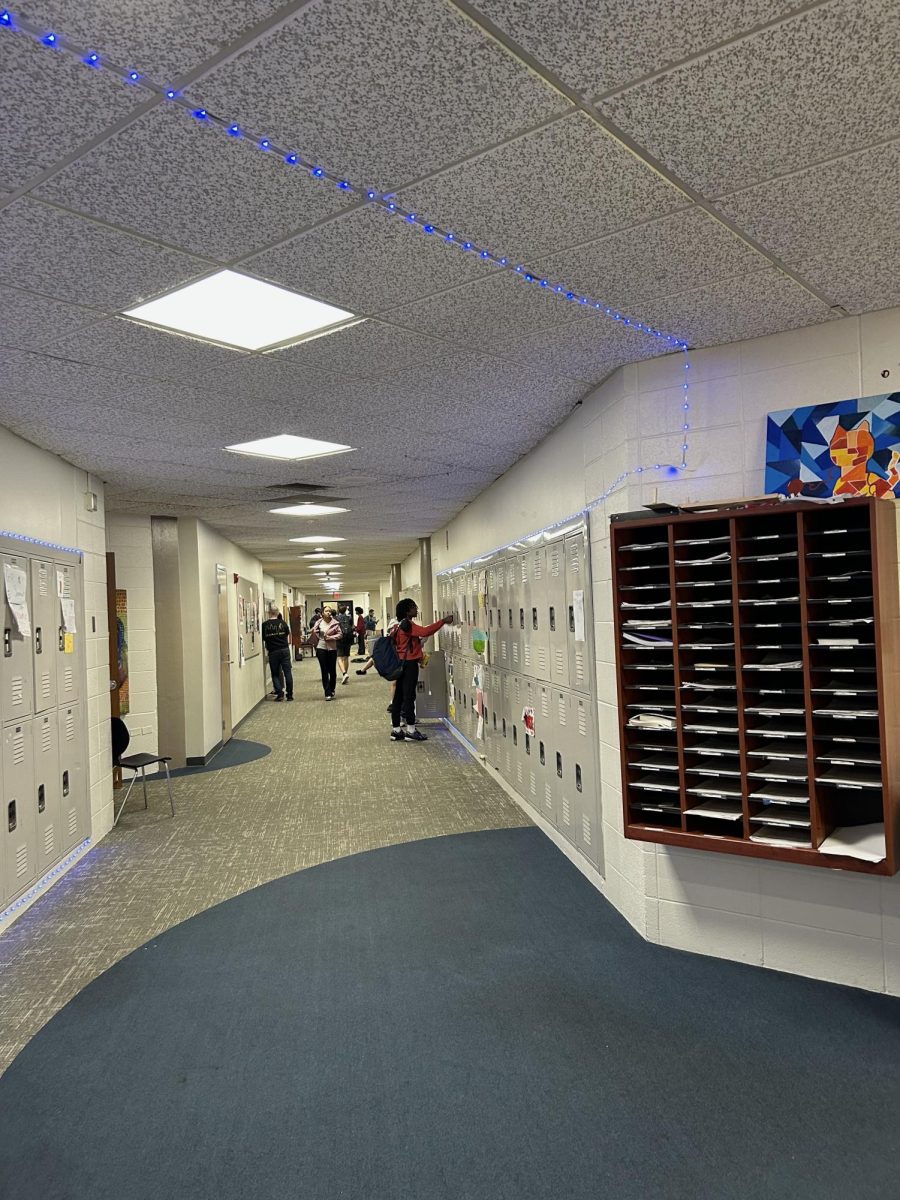







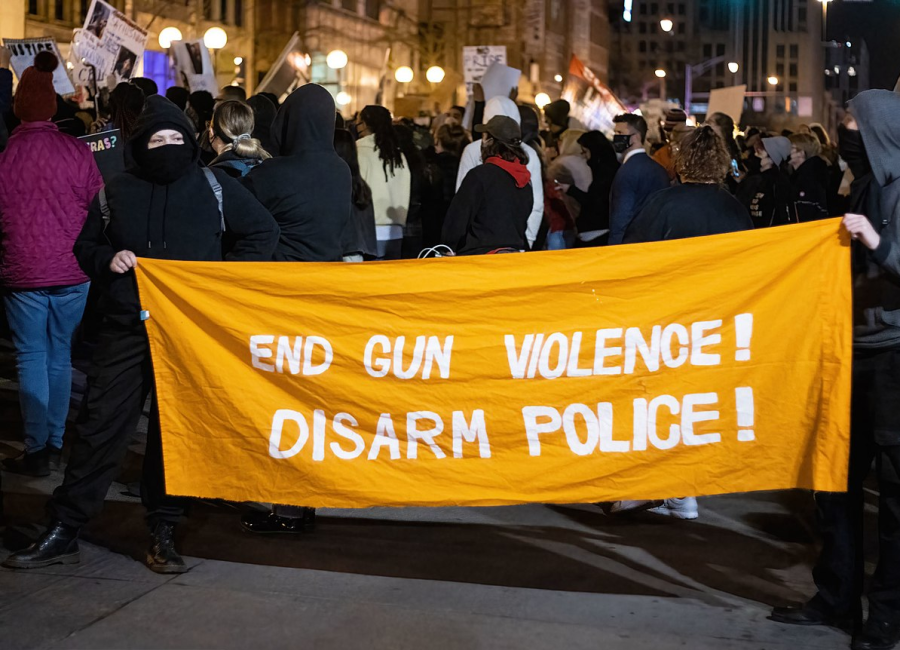
Dave Marshall • Mar 10, 2023 at 11:54 AM
Lily, your hard work, strong research, and deep thinking really show here! I’m so glad you got to adapt this from our Current Events elective to publish it here.